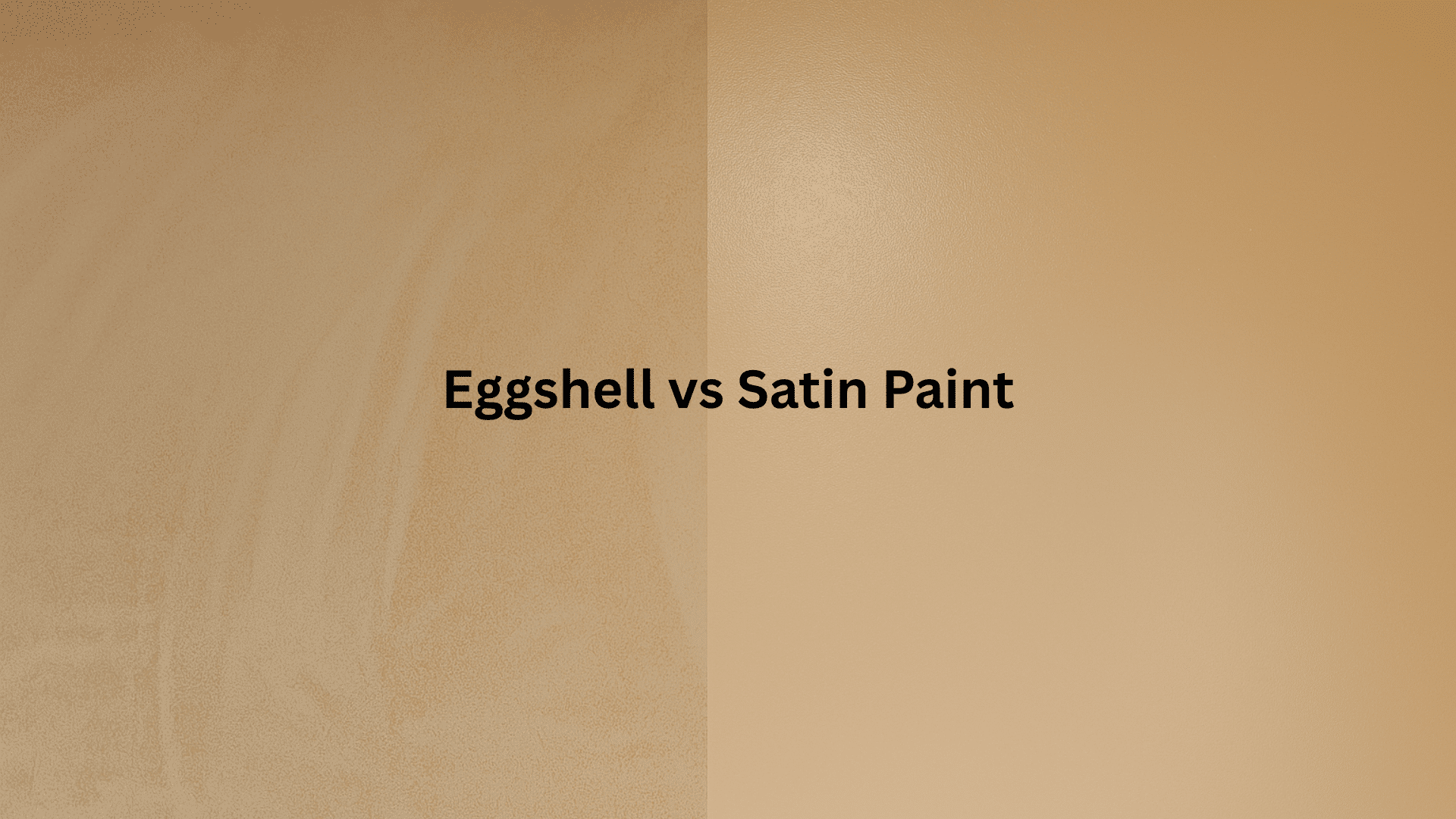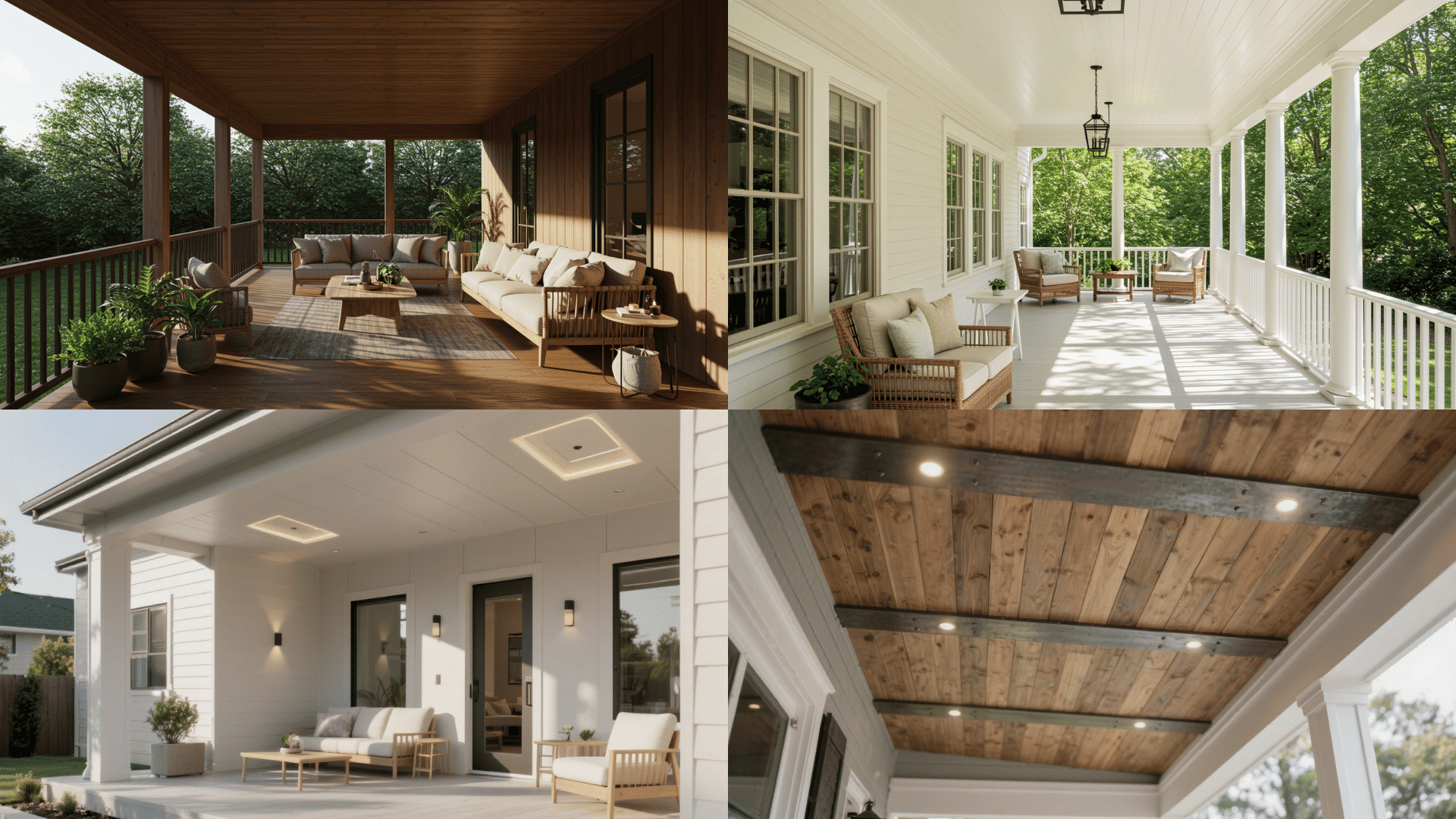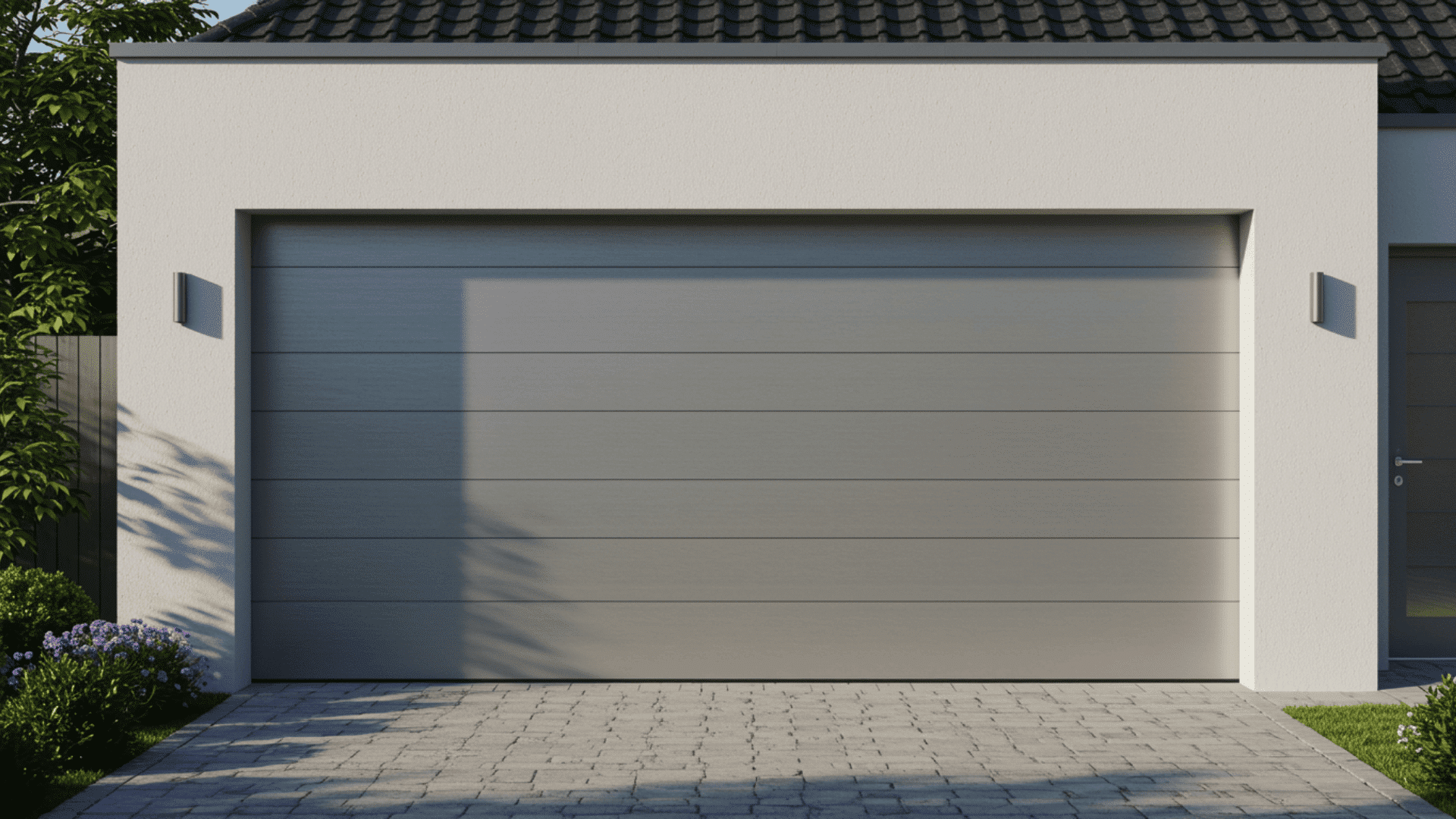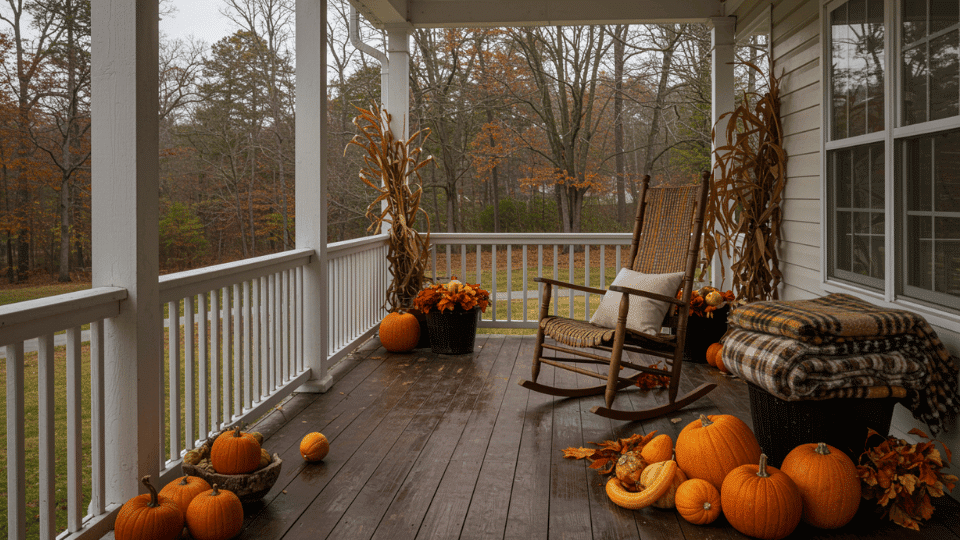Have you ever wondered about the difference between palace vs castle? While both are grand buildings where royalty lived, they served very different purposes throughout history.
Castles were built as medieval fortresses with thick walls and defenses to protect against attackers. Palaces, on the other hand, were designed much later as luxurious homes meant to show off wealth and power.
Understanding palace vs castle reveals architecture’s shift from warfare to peace. Let’s look at their differences and reasons for their construction. Which one holds more secrets?
What are the Origins of the Words Palace and Castle?
The word “castle” derives from the Latin castellum, meaning fortified place or stronghold. It entered English through Norman French after the 1066 conquest, reflecting the military structures that dominated medieval landscapes.
“Palace” traces back to the Latin palatium, named after Rome’s Palatine Hill, where emperors built their grand residences. This term emphasized luxury and administrative power rather than defense.
These etymological roots reveal the castle vs palace distinction clearly. Castles were meant for war and safety, while palaces showcased wealth and ruling power.
Understanding these origins helps explain why the difference between a castle and a palace goes beyond appearance.
Historical Timeline: Palace vs Castle Evolution
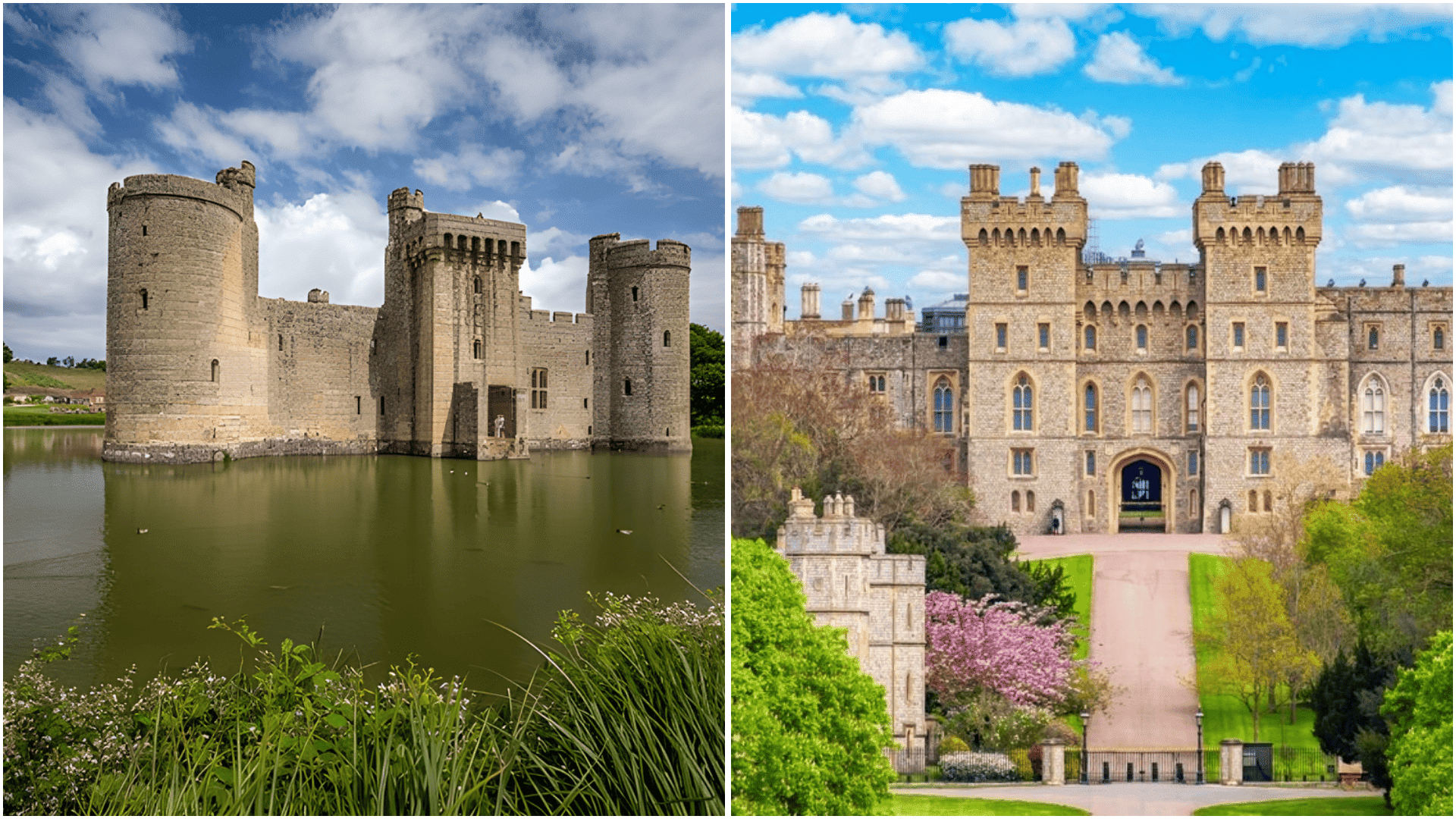
The castle vs palace distinction becomes clearer when examining their development through different historical periods.
Understanding this change reveals how changing political climates and military technology shaped these structures.
1. Medieval Period (5th-15th Century)
Castles dominated this era as important military strongholds. Built primarily for defense, they protected kingdoms from invasions and internal conflicts.
The palace vs castle distinction was clear; castles meant survival, with thick walls, moats, and strategic locations. Nobility lived in these fortresses for security during turbulent times of constant territorial disputes.
2. Renaissance Era (14th-17th Century)
As warfare changed and peace became more common, palaces emerged as symbols of wealth and authority. Royalty shifted focus from fortification to displaying power through architectural grandeur.
Elaborate gardens, ornate interiors, and spacious halls became priorities over battlements and arrow slits.
This period marked a cultural shift in which rulers preferred to project prestige through beauty rather than intimidate through military might.
3. Modern Transition (18th Century-Present)
Many castles changed into palaces over time, adding decorative elements while losing defensive features. This blurred the difference between castle and palace, though their original purposes remained distinct.
Windsor Castle exemplifies this change, maintaining defensive architecture while serving ceremonial functions.
Today, both serve as museums and tourist attractions, preserving centuries of architectural and political history for millions of visitors annually.
Palace vs Castle: Key Differences Explained
Though often used interchangeably, castles and palaces served very different purposes in history. Here’s a quick comparison highlighting how they differ in design, function, and symbolism.
| ASPECT | CASTLE | PALACE |
|---|---|---|
| Primary Purpose | Built for defense and protection during wars | Built for luxury, comfort, and prestige |
| Design and Structure | Thick walls, moats, towers, battlements | Grand halls, courtyards, ornamental facades |
| Symbolism | Power through military strength | Power through wealth and influence |
| Historical Era | Popular in medieval Europe (9th–15th centuries) | Flourished during the Renaissance and later |
| Location | Often on hills or borders for defense | Usually in cities or scenic plains |
| Examples | Windsor Castle, Edinburgh Castle | Buckingham Palace, Palace of Versailles |
Distinct Architectural Styles of Castles
Castles showcase diverse architectural styles that reflect regional traditions, cultural influences, and defensive philosophies across the world.
1. Norman Style

This sturdy design features distinctive square keeps, round-arched windows, and massive stone construction. The Tower of London exemplifies this style with minimal decoration and maximum defensive capability.
Barrel-vaulted ceilings and solid masonry work emphasized strength over comfort. Simple, functional layouts prioritized military necessity, establishing foundational principles for medieval fortification architecture.
2. Gothic Castles
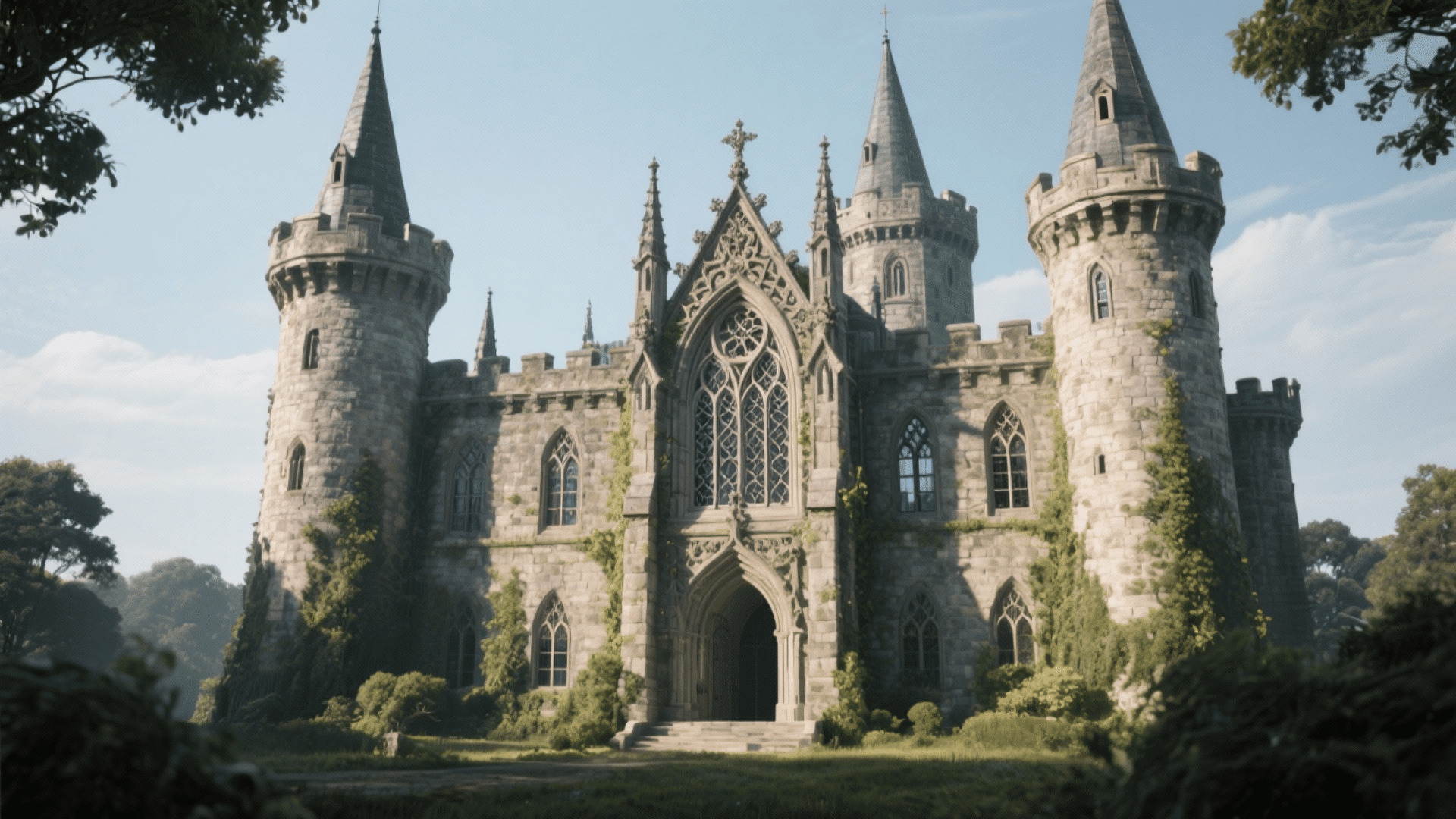
Characterized by pointed arches, ribbed vaults, and larger windows with decorative tracery, this style blends defense with visual sensibilities.
Vertical emphasis and ornamental elements distinguish Gothic fortifications while maintaining protective functions. Crenellated parapets and elaborate gatehouses enhanced both defense and architectural glory.
3. Concentric Castles
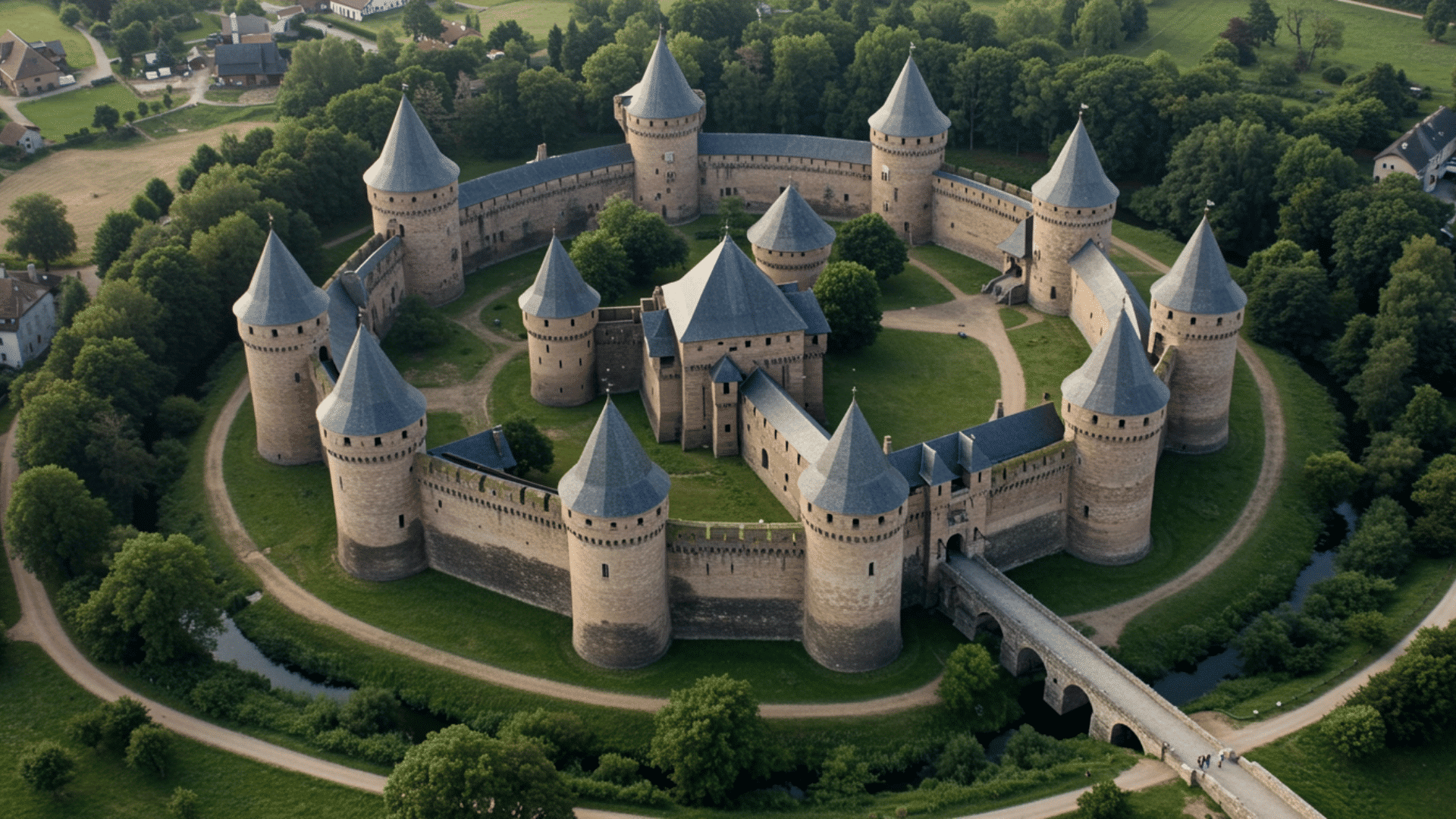
These features include multiple curtain walls, creating layered defenses. The design forces attackers to breach several protective rings before reaching the inner keep, demonstrating good military planning.
Round towers at strategic intervals remove blind spots and provide superior firing positions. Inner baileys offered refuge even when outer defenses were compromised, maximizing survival during prolonged sieges.
4. Teutonic Castles
Eastern European fortresses combine brick construction with Germanic architectural elements, creating distinctive red-brick strongholds with ordered, symmetrical layouts. Rectangular courtyards and methodical planning reflected the military order’s organizational principles.
Chapel towers and residential wings balanced monastic life with martial readiness throughout these imposing structures. Vaulted cellars and fortified granaries ensured self-sufficiency during conflicts.
5. Japanese Castles
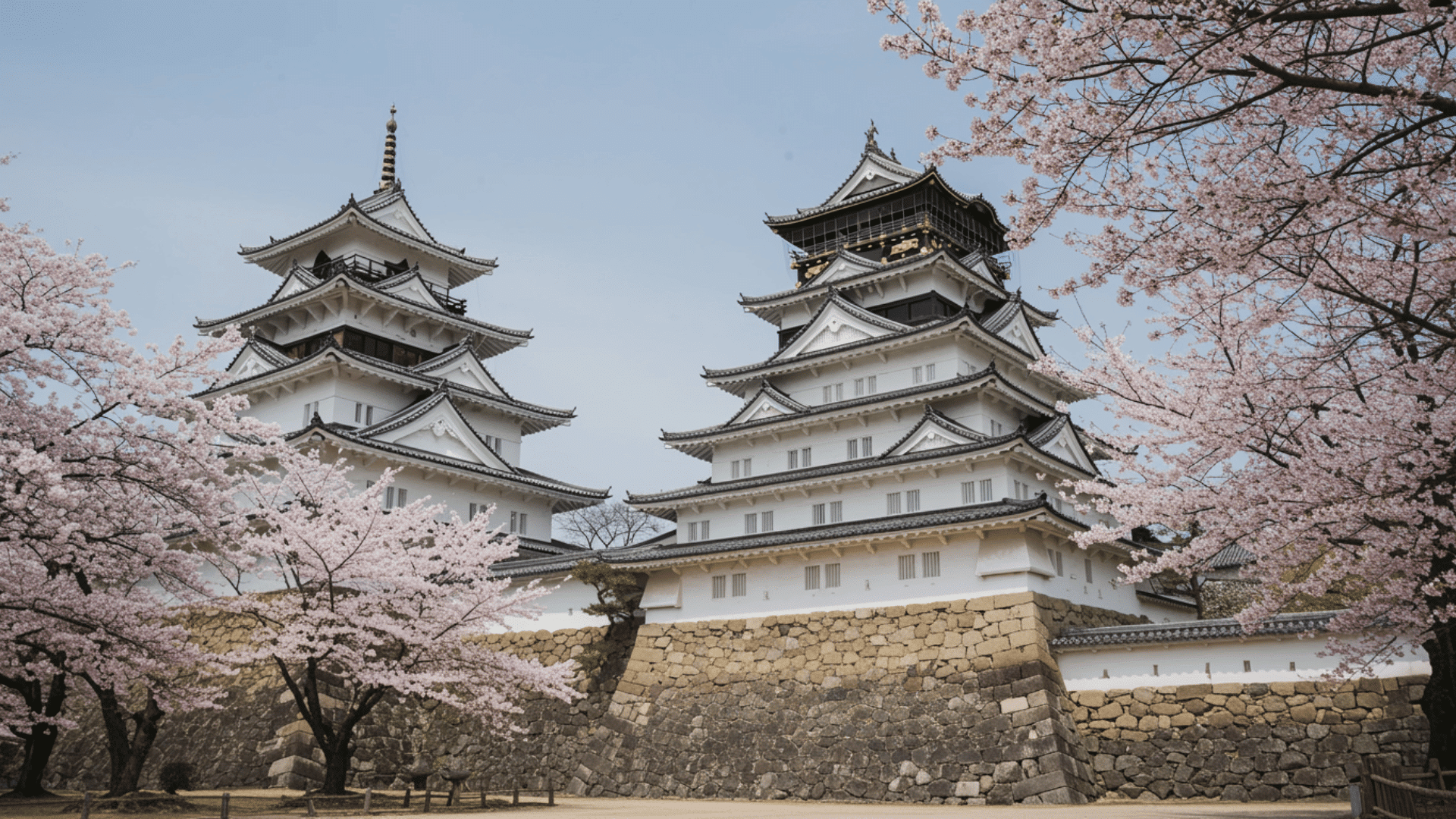
These showcase curved rooflines, wooden construction, and stone bases that set them apart dramatically from European counterparts, with multi-tiered towers and good joinery.
Defensive stone foundations called “musha-gaeshi” prevented climbing with their steep, curved profiles. Complex maze-like interiors confused invaders while providing strategic advantages to defenders.
Architectural Styles of Palace
Palaces display remarkable architectural diversity, each style representing distinct aesthetic philosophies and cultural expressions.
1. Renaissance Palaces
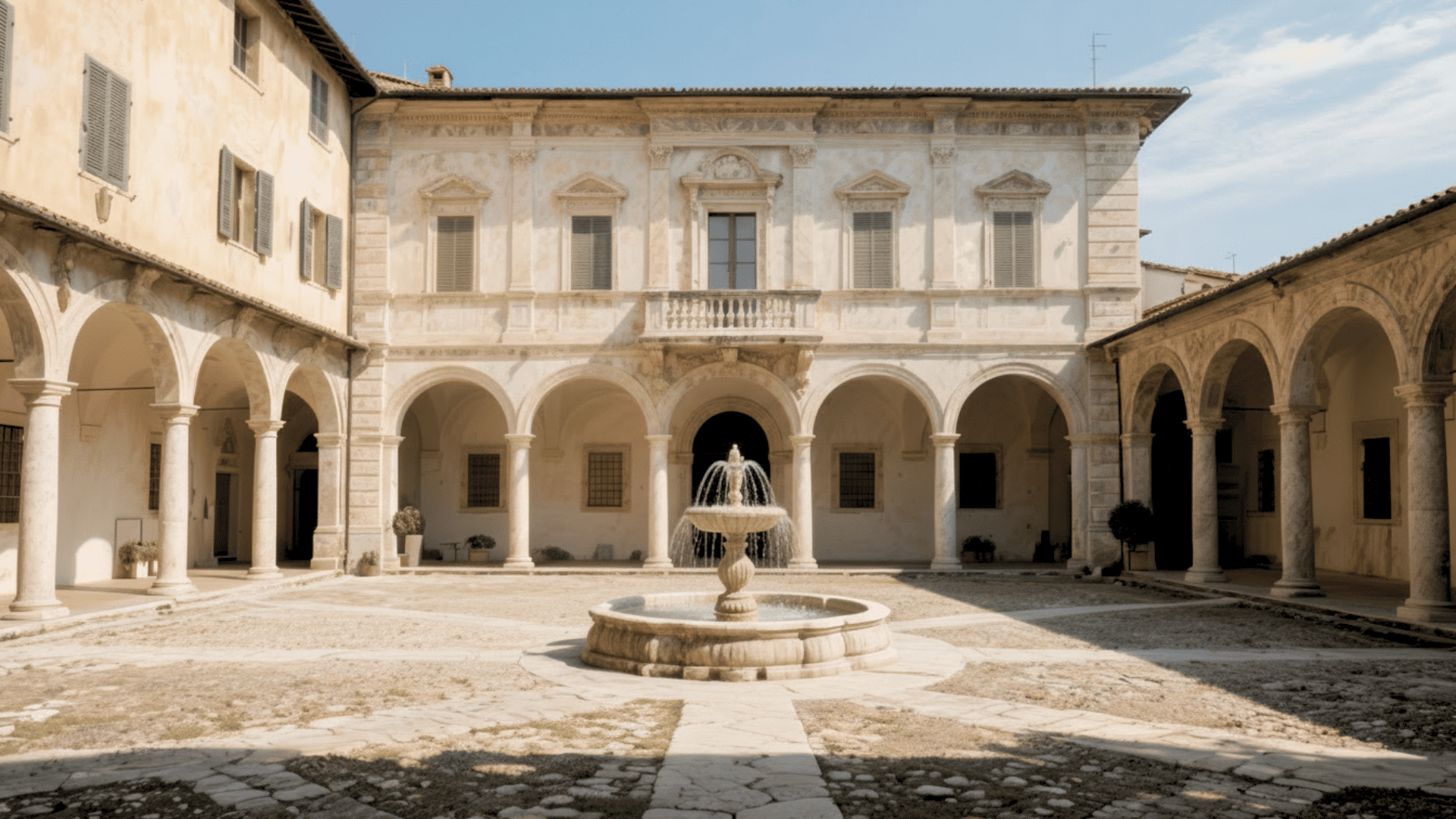
Italian-inspired design emphasizes symmetry, classical columns, and harmonious proportions drawn from ancient Roman architecture.
Rusticated stonework on ground floors transitions to smooth upper levels, demonstrating hierarchical design principles. Central courtyards and loggias connected interior spaces while providing natural light and ventilation.
2. Baroque Style
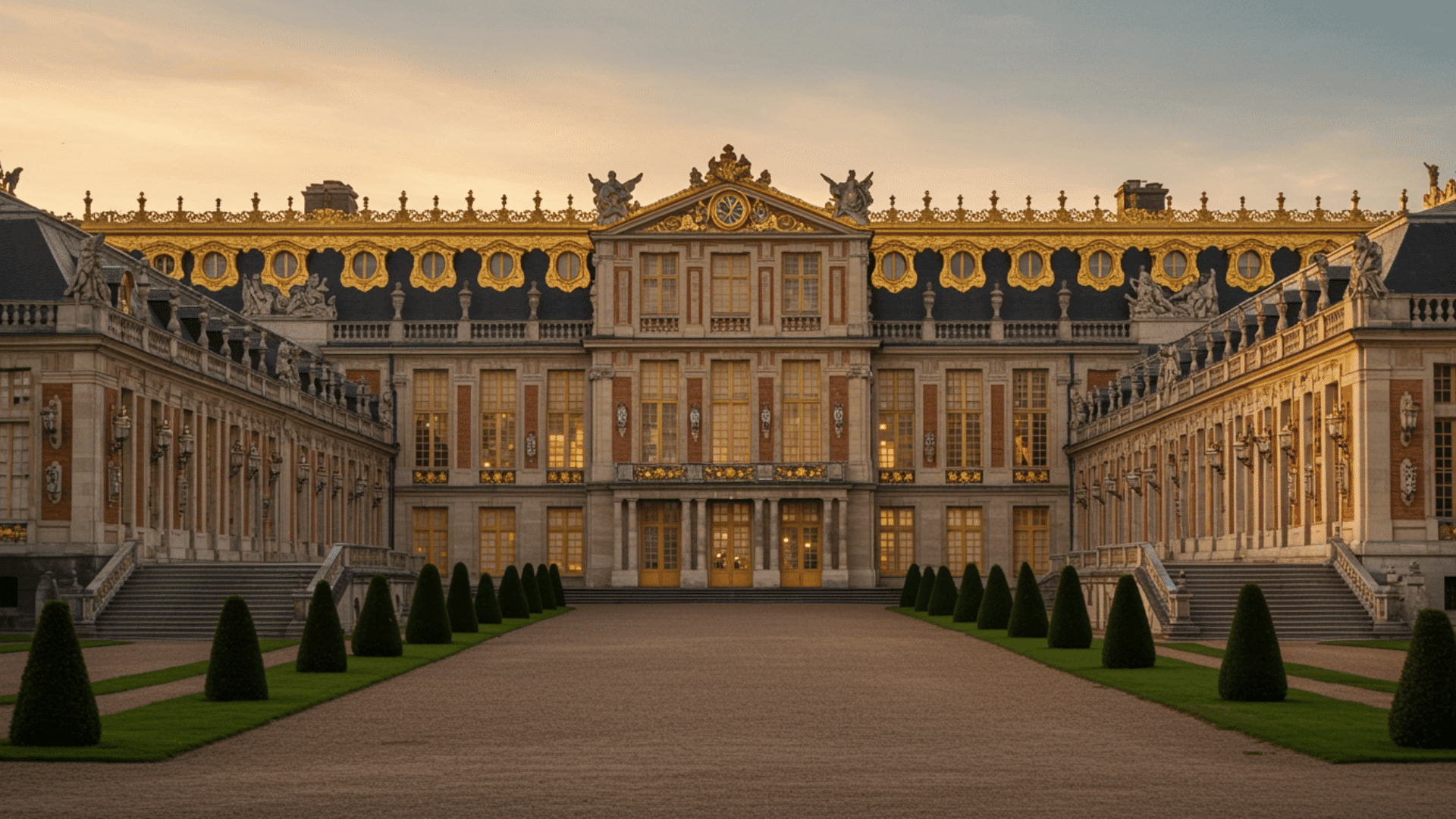
Versailles showcases this shift through its sweeping facades, ornate gilding, elaborate gardens, grand staircases, mirrored halls, and theatrical spaces, creating a stunning visual spectacle.
Curved lines and dynamic compositions generate movement and emotional intensity throughout palace interiors. Trompe-l’œil ceiling frescoes and integrated art create immersive environments that celebrate royal power and divine authority.
3. Rococo Design
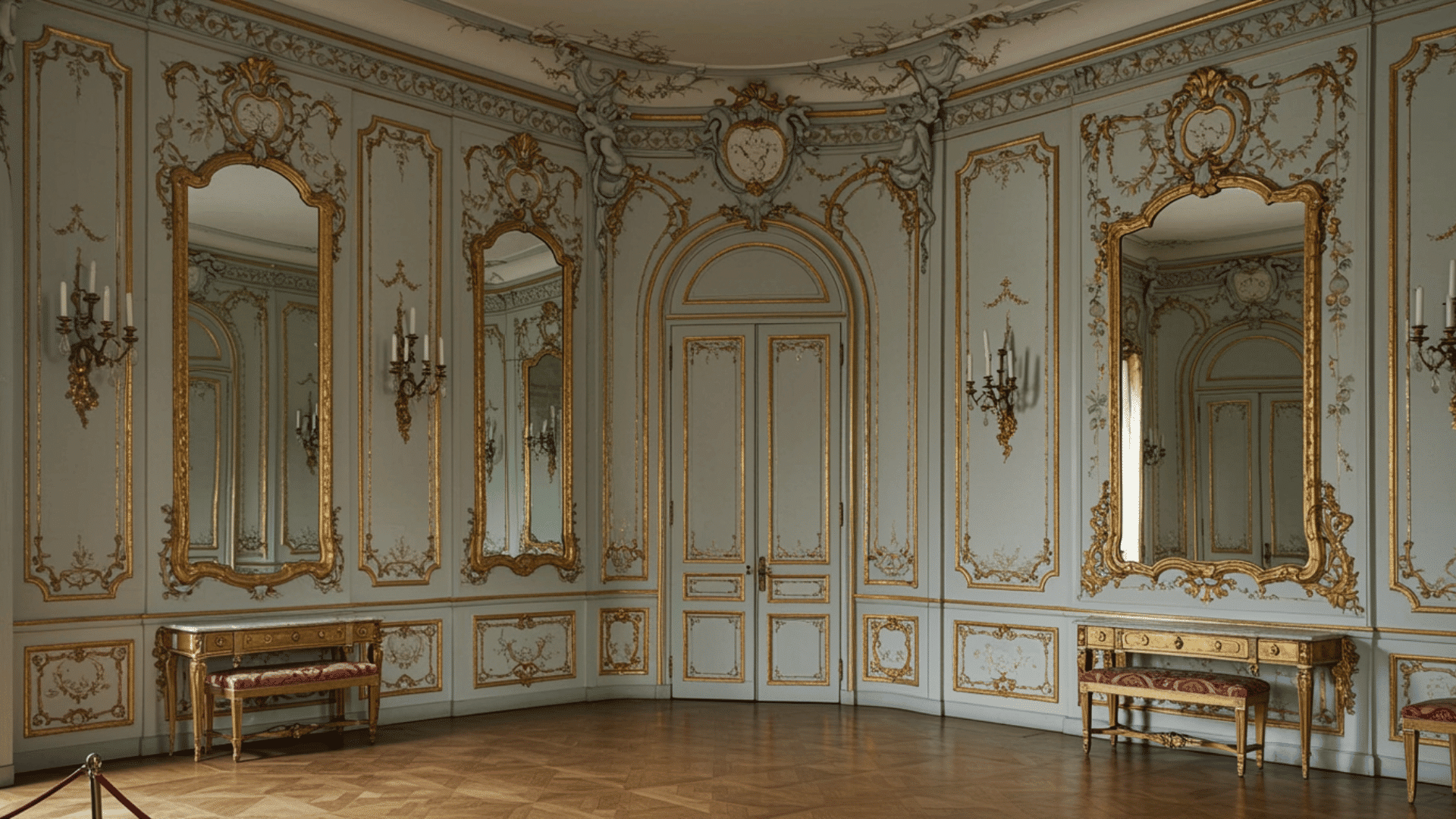
This lighter style features pastel colors, asymmetrical designs, and delicate ornamentation. Intricate stuccowork, shell motifs, and fancy themes celebrate pleasure and refined taste in intimate interior spaces.
Curved mirrors, gilded moldings, and playful cherub sculptures create feminine, graceful atmospheres. Smaller-scale rooms prioritized comfort and conversation over Baroque’s imposing grandeur.
4. Neoclassical Palaces
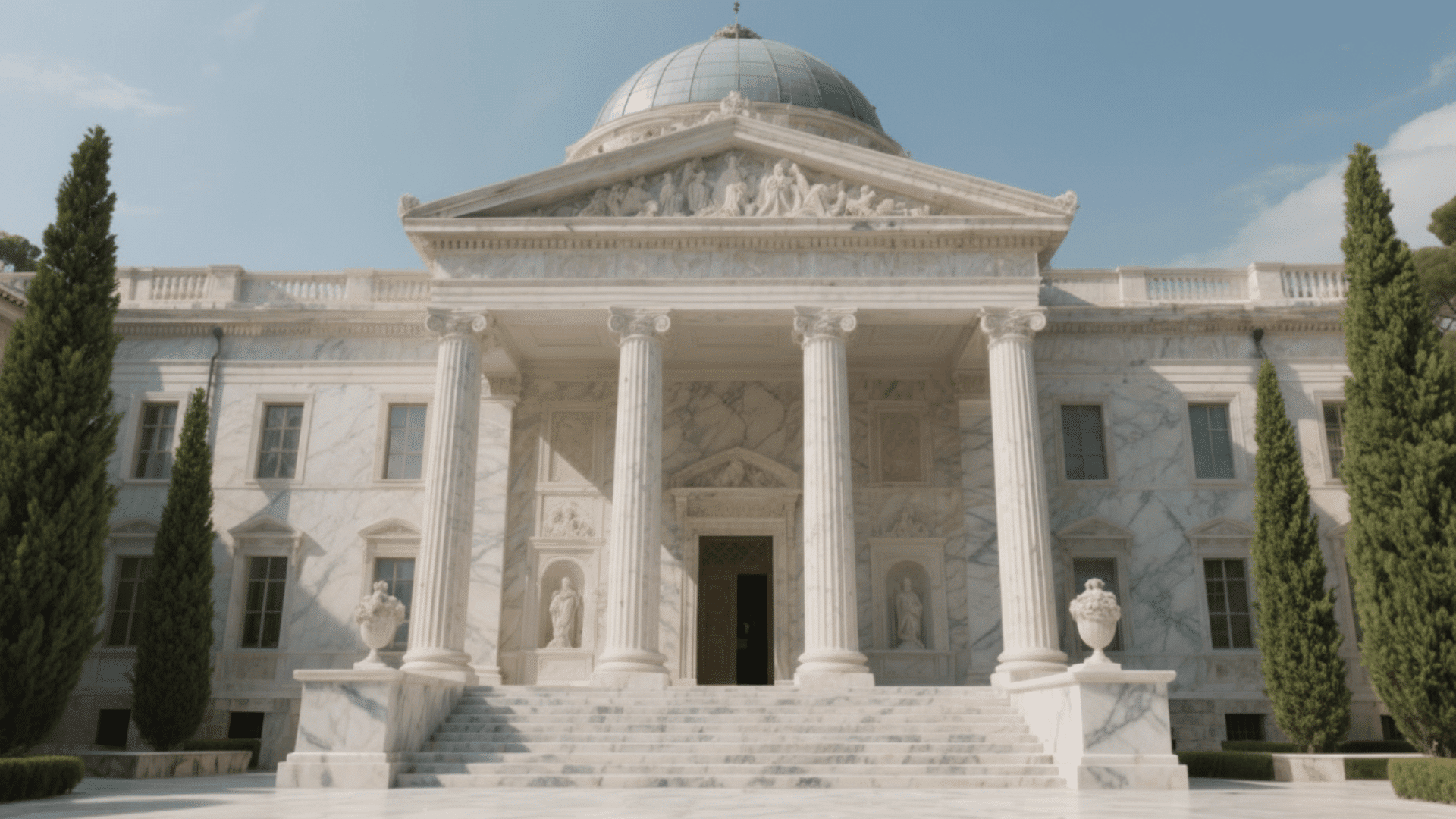
Clean lines, imposing columns, and restrained beauty characterize this Greek and Roman-inspired approach. Rational proportions and minimal decoration create dignified architectural statements.
Pediments, domes, and porticos evoke ancient temples, linking monarchs to the prestige of classical civilization. Marble finishes and geometric patterns emphasize order, reason, and enlightenment values.
5. Moorish Palaces
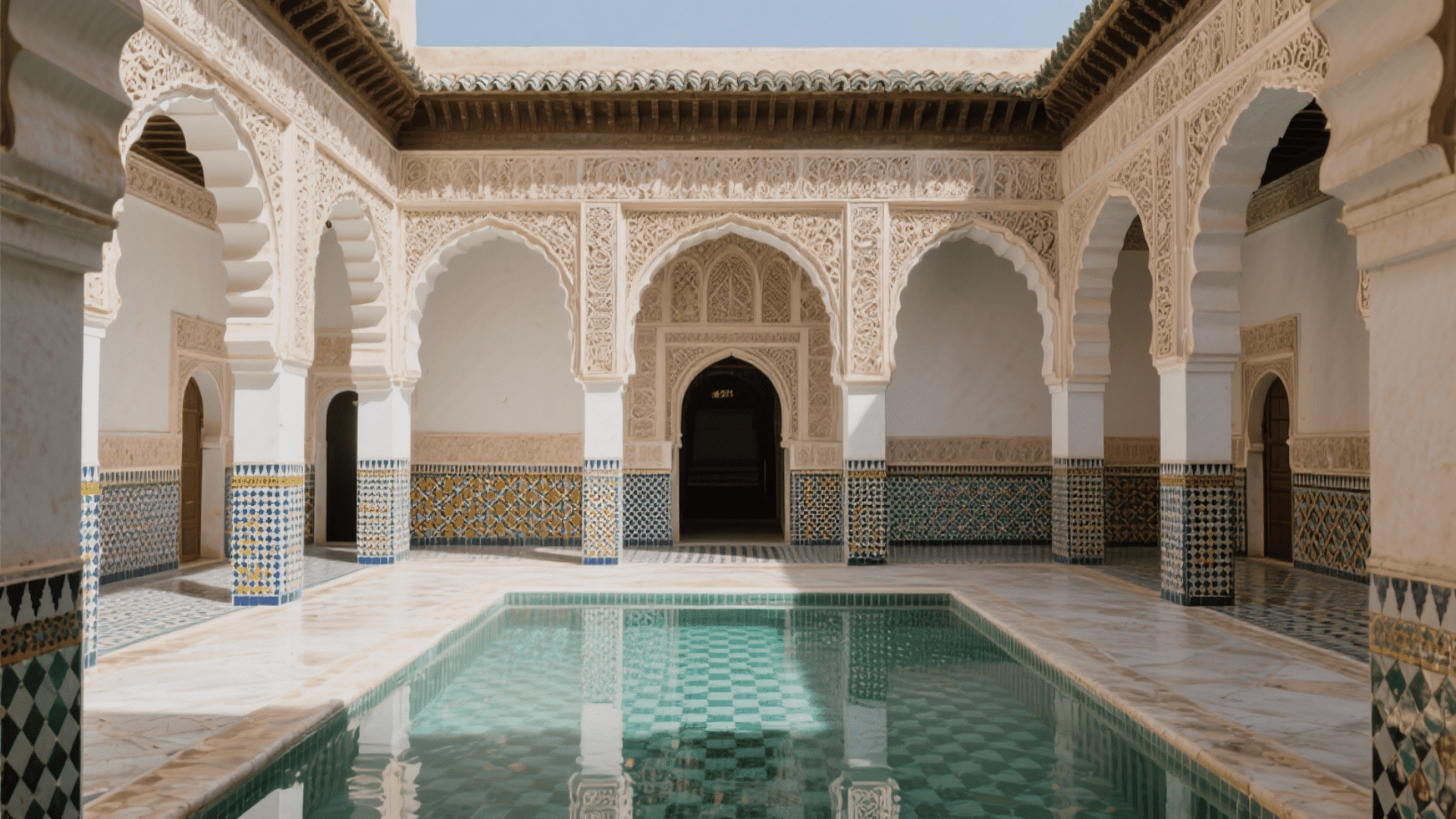
Spain’s Alhambra showcases intricate tilework, horseshoe arches, and stunning courtyards. Geometric patterns, reflective pools, and carved stucco create mesmerizing visual harmony.
Muqarnas (honeycomb vaulting) and calligraphic inscriptions change architectural surfaces into artistic masterpieces. Strategic use of water features and gardens creates cooling effects while symbolizing paradise.
6. Indo-Islamic Architecture
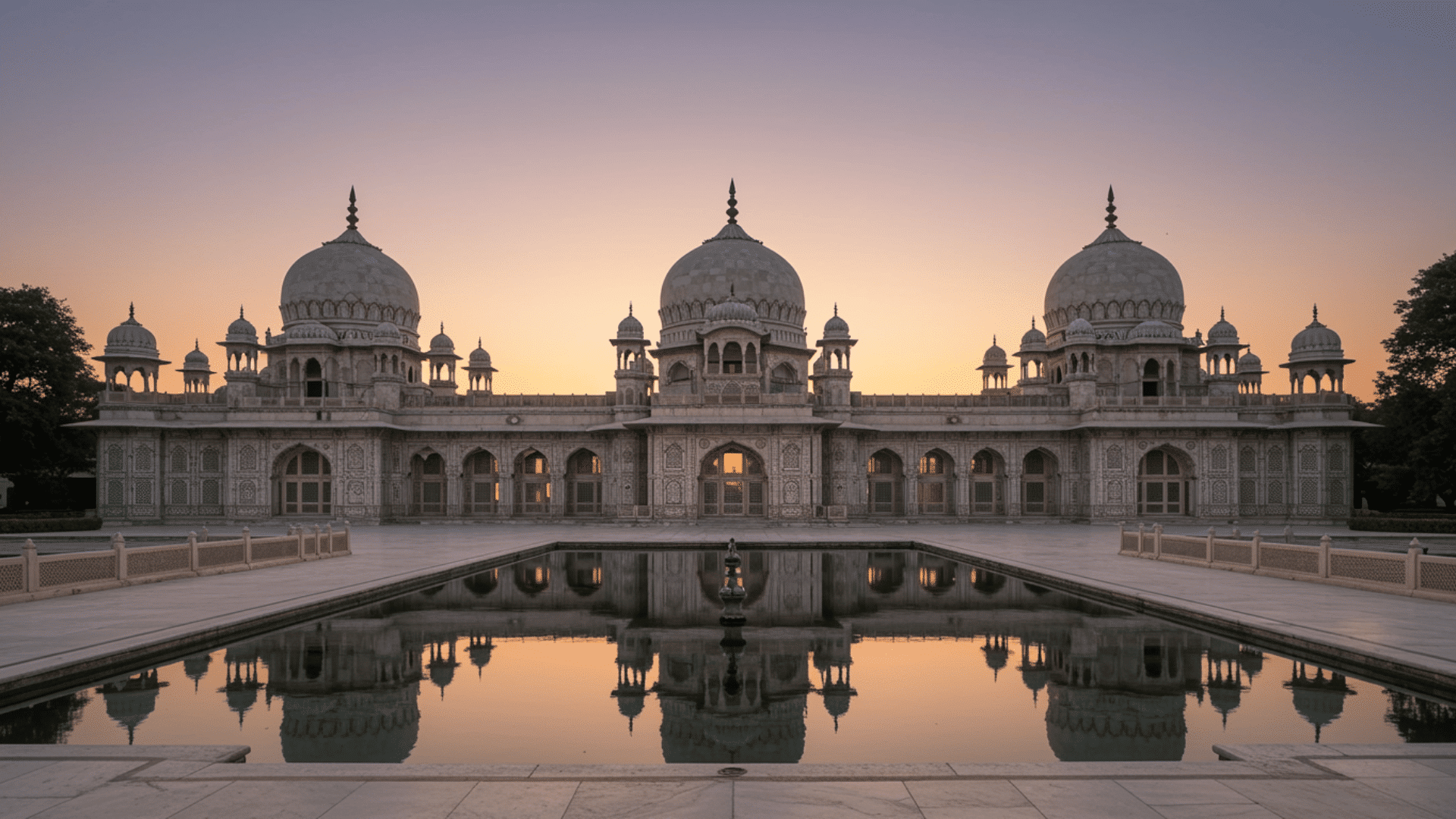
These palaces blend Persian domes, Indian craftsmanship, and Mughal gardens. White marble inlay work, bulbous domes, and symmetrical water features create breathtaking complexes across the Indian subcontinent.
Pietra dura technique incorporates semi-precious stones into floral patterns and geometric designs. Chhatris (dome-shaped pavilions) and jali screens provide shade while creating intricate shadow patterns.
Famous Castles and Palaces Around the World
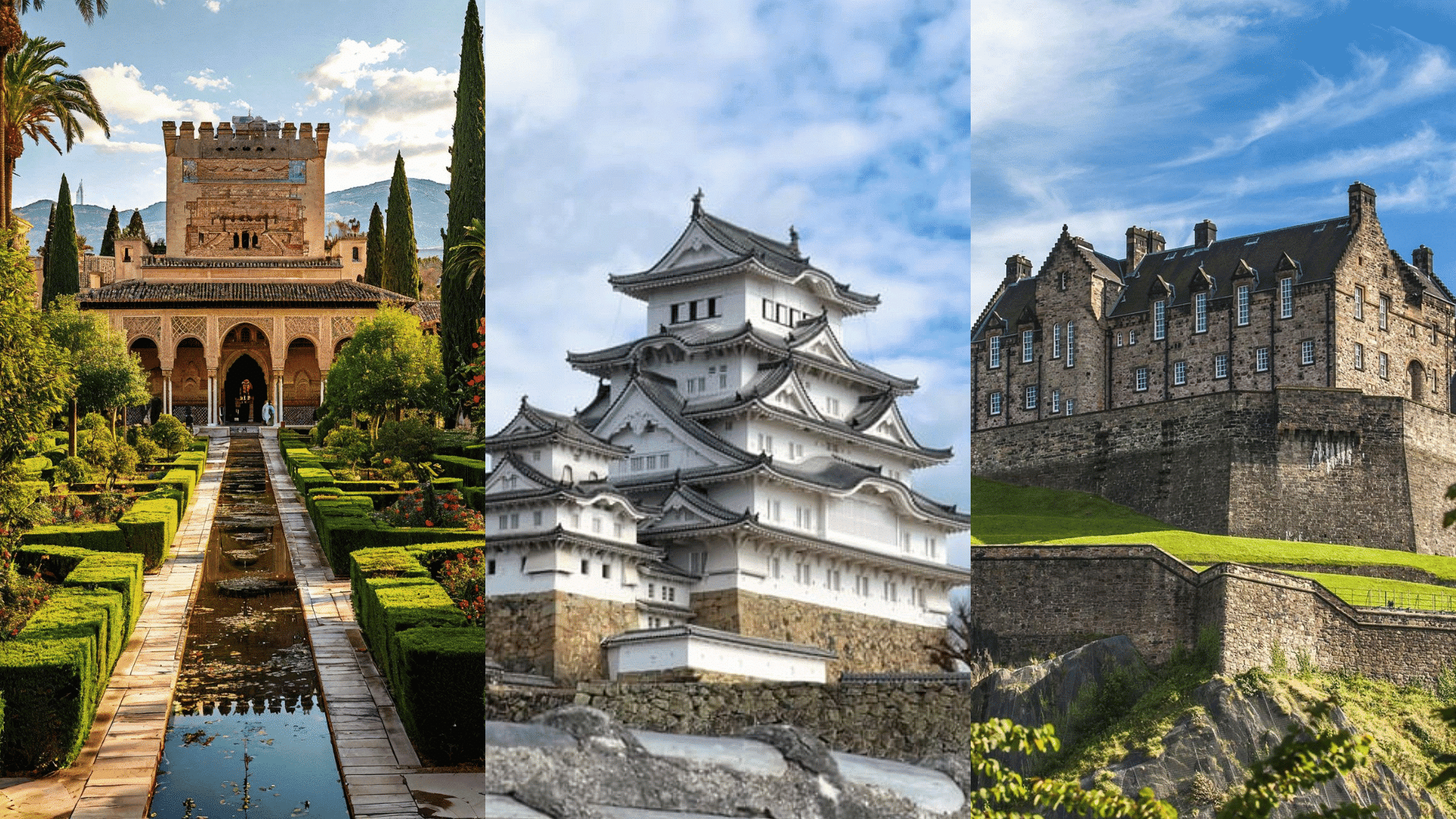
Across continents and centuries, castles and palaces stand as magnificent testaments to human ambition, architectural innovation, and historical significance.
Understanding the palace vs castle distinction becomes even more fascinating when seeing these structures that continue to captivate millions of visitors annually:
- Edinburgh Castle, Scotland: Perched on volcanic rock, this fortress dominates Scotland’s capital and has witnessed countless sieges while serving as a royal residence, military base, and prison, housing Scotland’s Crown Jewels and the Stone of Destiny.
- Neuschwanstein Castle, Germany: This 19th-century Romanesque Revival castle inspired Disney’s Sleeping Beauty Castle with its fairy-tale look. King Ludwig II built it as a refuge and Wagner homage. Neuschwanstein blurs the castle vs palace line.
- Himeji Castle, Japan: Known as “White Heron Castle” for its white exterior and graceful form, this UNESCO World Heritage site exemplifies Japanese castle architecture with complex defenses. Its wooden structure, over 400 years old, has endured earthquakes, fires, and wars, showcasing superior defensive design.
- Alhambra, Spain: This Moorish palace and fortress display Islamic art at its peak in Western Europe. Features like intricate stucco, colorful tile mosaics, and gardens create a paradise. The Court of Lions with its fountain highlights Nasrid architecture.
- Forbidden City, China: The world’s largest palace complex was the imperial residence for 24 emperors during the Ming and Qing dynasties. With 980 buildings and 8,886 rooms, it showcases traditional Chinese architecture. Its yellow tiles and red walls symbolize imperial authority and cosmic harmony.
- Schönbrunn Palace, Austria: This imperial summer residence in Vienna exhibits Rococo and Baroque architecture. With 1,441 rooms, it housed Habsburg emperors and witnessed key European events. The gardens include the Gloriette, Neptune Fountain, and the world’s oldest zoo, illustrating differences between castle and palace living.
Bringing It All Together
The palace vs castle distinction comes down to function over form. Castles prioritized defense and military strategy, while palaces celebrated wealth and political influence.
Though some structures blur these lines, the difference between castle and palace remains rooted in their original intent.
For history enthusiasts and travelers alike, recognizing these architectural differences changes how one experiences these landmarks. Each stone tells a story of either survival or authority.
Start planning your visits to Europe’s best castles and palaces to witness firsthand how these structures shaped the course of history!



